2013.10.28
Peace Memorial Museum presents special exhibition
 The effects of the Battle of Okinawa 68 years ago are being analyzed now through an Okinawa Prefectural Museum special project focusing on “The Battle and what Okinawan Japanese Immigrants in Hawaii Experienced”
The effects of the Battle of Okinawa 68 years ago are being analyzed now through an Okinawa Prefectural Museum special project focusing on “The Battle and what Okinawan Japanese Immigrants in Hawaii Experienced”
– Feelings of Hawaiian-Uchinanchu (Okinawan) toward Okinawa.
The exhibition began several weeks ago at the museum within the Peace Memorial Park complex in Itoman. The program runs at the Okinawa Prefectural Peace Memorial Museum through Wednesday, Dec. 11th, and then becomes a traveling road show, heading to Yaeyama Peace Memorial Museum Jan. 16th through Feb. 26th, 2014.
At the Okinawa Prefecture Peace Memorial Museum, the new exhibition is located on the first floor. At the Yaeyama Peace Memorial Museum, the program will be in Exhibition Hall 2.

Thomas Takejiro Higa (90), was born in Waipahu, Hawaii in 1923. He lived in Kitanakagusuku Village from age 2-16. After Pearl Harbor he returned to Hawaii and joined the U.S. military to show loyalty. Although he was rejected, he got called out for his Japanese abilities. Before the Battle of Okinawa he was called in to headquarters to be shown photos of Okinawa and learns the war has begun. During the war he convinced residents hiding in caves to come out. When interrogating a prisoner, he reunited with his friends and teacher.
Organizers explain how, in the year 1945, Okinawa lost 200,000 lives and countless cultural assets, during the Battle of Okinawa. They say “we need to continue to pass on and preserve the true history of this disastrous battle to the next generation to contribute to establishing ever-lasting peace. In this year’s event, we will be taking another look at the importance of peace through the eyes of the Hawaiian-Uchinanchu, the Okinawans, and how they experienced Okinawa before, during and after the war.”
The focus is also on the foolishness war brings, they say, noting that before the war, many Okinawans had immigrated to Hawaii and supported Okinawa when in crisis. The project leaders explain that what many do not know about the Hawaiian-Uchinanchu prejudice they experienced after Pearl Harbor, the grief of having to fight the country of their ancestors, and all the support they gave to Okinawa after the war.

Shinei Gima (88), was born in Hawaii in 1925. His parents were from Okinawa. His younger brother returned to Okinawa and fought the battle as a Japanese soldier. In 1945 he fought the Battle of Okinawa and was stationed on Kume Island. During the battle, he continued searching for his younger brother and grandmother, but the younger brother was sent to a prison in Hawaii. After having been taken to Hawaii, his younger brother joined the American military and fought in the Korean War. He now lives in Ginowan City.
Through the actual documents, photographs and film footage of the era, visitors will be able to see their efforts towards their homeland Okinawa, making people re-think what peace is from diverse standpoints, and to never let war occur again.
Exhibition Content is segregated into three time periods: Part I Hawaii-Okinawa before the war -being away from home- and the story of Hawaii Okinawa Immigrants, Pearl Harbor and impact on the Japanese immigrants, Identities, and the prejudice and the battle 2nd generation Japanese immigrants had to fight.
Part II focuses on The Battle of Okinawa from the eyes of 2nd generation Japanese immigrant soldiers, 2ndgeneration Japanese immigrants’ testimony, and the end of the battle of Okinawa. The third part of the exhibition rounds out the experience, explaining the support Hawaii-Uchinanchu gave for the

Harvard Kiyoto Yanagimura (89), was born in South Kona district, Hawaii in 1924. With parents from Yamauchi Prefecture, he was able to obtain Japanese citizenship. He was in the same unit as Higa and fought in the Battle of Okinawa. He was stationed in Futenma but then requested to be positioned on the front lines. He was able to save many Okinawans hiding in the caves. Although he was able to save 1,500 residents hiding in caves in Maehara, Itoman, he regrets he wasn’t able to save many elder people in the cave.
rebirth of Okinawa, Support from Hawaii to Okinawa, and the Salvation of the Okinawan spirit (culture, devotions).

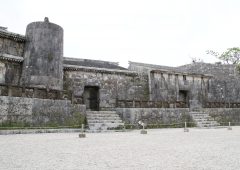 2024.07.07
2024.07.07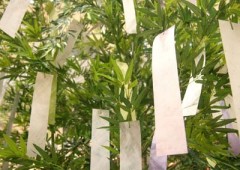 2024.07.02
2024.07.02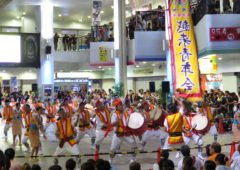 2024.06.11
2024.06.11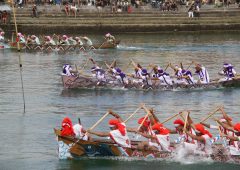 2024.06.03
2024.06.03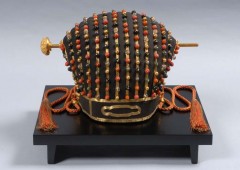 2024.05.02
2024.05.02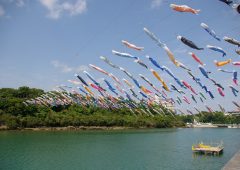 2024.04.26
2024.04.26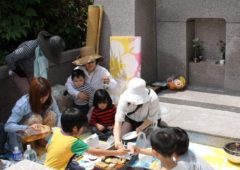 2024.04.04
2024.04.04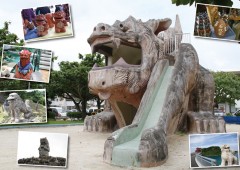 2024.04.02
2024.04.02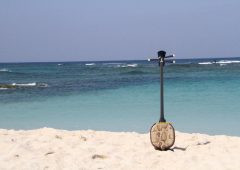 2024.03.03
2024.03.03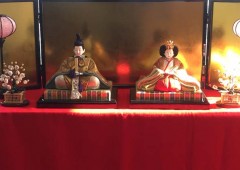 2024.02.26
2024.02.26






